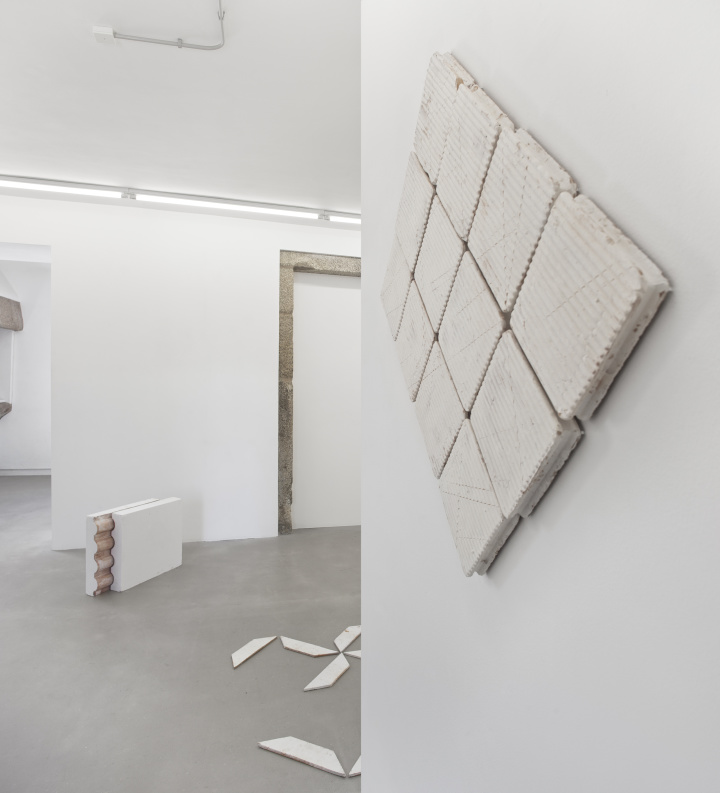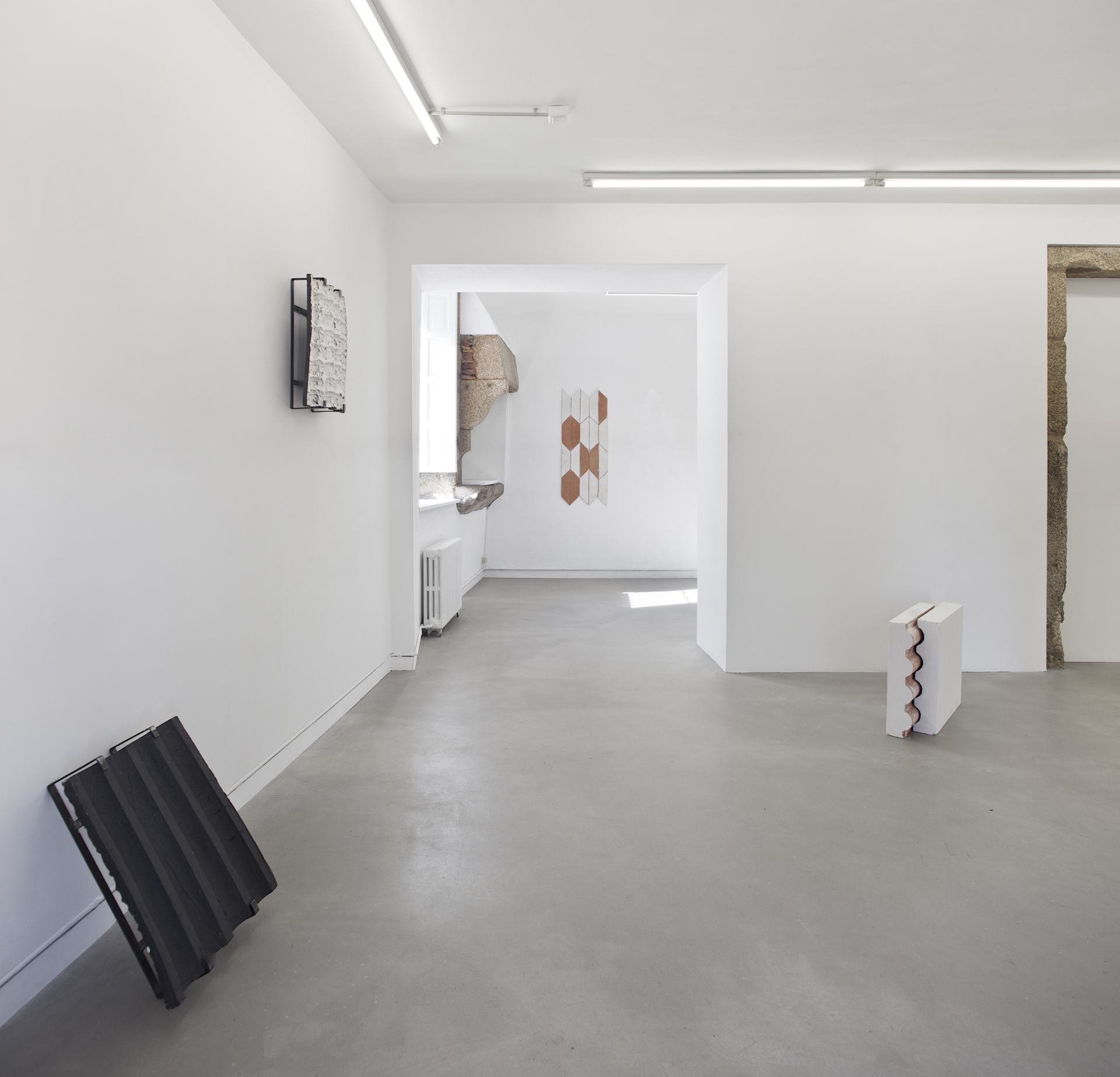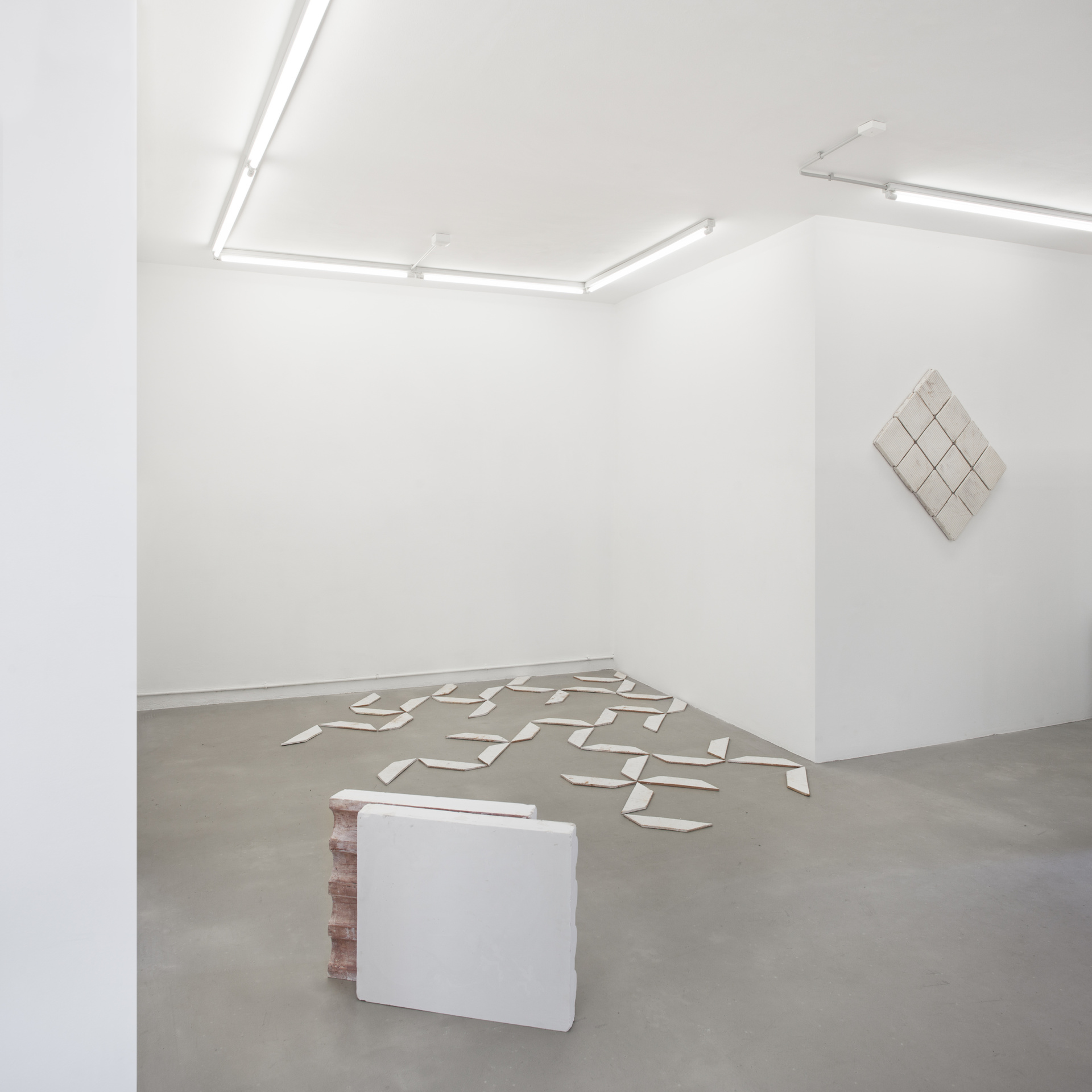Onde caer Pablo Barreiro From November 12 to January 1 Santiago
I had the opportunity to get to know the work of Pablo Barreiro when he was preparing the selection of artists for the exhibition Veraneantes, one of the generational shows we were able to do at Contemporary Art Museum in Vigo in the last decade. For me it was a real discovery to be able to see how in a context like Galicia, where ceramics are so full of historical meanings, an artist like Pablo Barreiro used them to explore the possibilities of contemporary sculpture. Very few artists have used it as a material for sculpture in Galicia; it is true that few sculptors already exist. Perhaps we should cite Xavier Toubes as an exception in its successful use, who knew how to give shape to sculptures that are important for their plastic entity for art in Galicia.
Pablo Barreiro's approach to ceramics leads him to a constant experimentation with its different possibilities as a material, united with a strong conceptual development with which he tackles each of the different projects or series of work he has done in recent years. With his works, he tries to somehow rescue existing forms, coming from architectural, sculptural or decorative elements, in order to experiment with them in the search for new meanings, exploring the different possibilities of the material-form for the creation of meaning. In this search, the derivations of the reproduction of the object have been a constant in his work. In his workshop work, form is found and multiplied, giving rise to single-element pieces in which the repetition is given by the incision or repetition of the motif engraved on the material, or through pieces composed from various elements that are posed or joined together to form structures that never lose the frankness of the material, the taste for surfaces that discover the nature of plaster or terracotta, as in this case. In this process of formal creation, the error in the manufacture is incorporated, and the seriality moves away from the industrial invoice, showing the trace, the trace of the manual work itself. At the same time, the pieces seek a strong relationship with the space they inhabit. They are supported, settled, even drawing the walls, ceilings and floors, creating images of a peaceful and delicate geometry but at no time decorative or naive. In Barreiro's sculpture, the material always seems to be on the point of falling, on the verge of rubbing against each other, not very careful about the possible action of the observer. The tactile quality that his works project stems from the closeness that his treatment of the material provokes. The sculpture lives in the exhibition space in the same way as it does in the workshop, unaware of any kind of pretension.
A few years ago the artist did some artistic residencies in Bassano del Grappa in the north of Italy, where there is a museum dedicated to the sculptor Antonio Canova in Possagno. This museum, remodelled in the fifties by the architect Carlo Scarpa, has spaces designed especially for Canova's works. It is one of the few buildings in which the architect knew the works that would inhabit it before designing what would become the museum space. For this project entitled “Onde caer”, specifically designed for the Nordés Gallery, he presents new pieces inspired precisely by the experience of visiting that museum, with works that evoke that sincere architecture in which the relationship between Canova's sculptures, the originals and the plaster copies, with light, the tiles, and the architecture, dominates. Based on the geometric drawing of Scarpa's architectural modules, Barreiro has in the gallery pieces of terracotta, plaster and black stoneware, forming floor and wall pieces. If Canova made his sculptures taking classical statuary as a reference, Barreiro does the same with Scarpa's architecture, starting from the existing to elaborate the current. As in “Tlön, Uqbar, Orbis Tertius”, the story by Jorge Luis Borges, the repetition, the copy, the inspiration, compete on a par with a "real" or previous universe, sometimes making it impossible to distinguish the reference from the original, placing all the emphasis on perception. This is how Pablo Barreiro's work operates.
Iñaki Martínez Antelo
November 2020



















